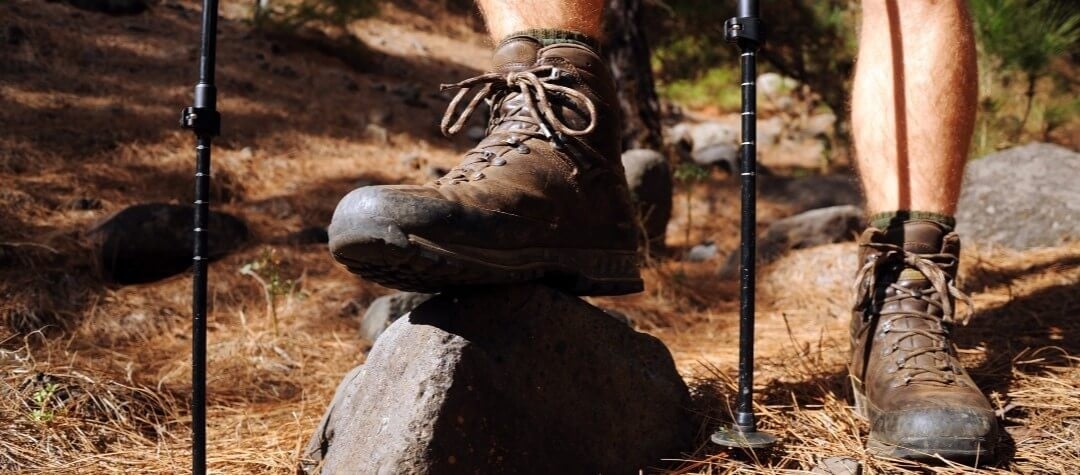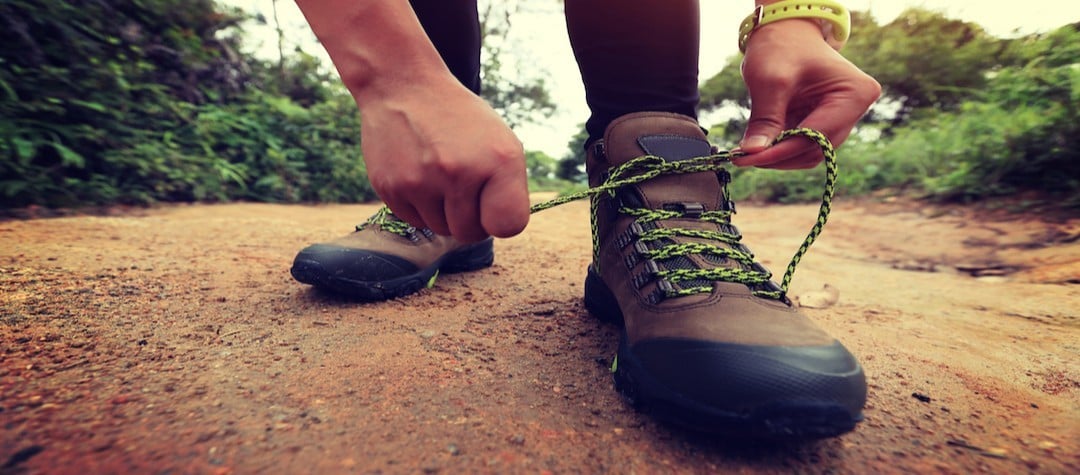Taking on a trek can seem a formidable challenge – make sure you’re fully prepared for your trip with our 7 stage guide.
As part of your preparation for a trekking holiday, it is important to get in shape. After all, the demands of trekking are specific, and very different from other activities, so it's important that your trekking abilities are the best they can be.
With that in mind, we’ve put together the following 7-step realbuzz trek fitness guide, including advice on how to assess your current fitness, how to build your trek-fit cardiovascular (CV) fitness, and resistance-training exercises to strengthen key areas.
1. Where are you now?
First you need to honestly assess your current fitness levels. Without an idea of where you are now, you can’t measure progression or know which level to start at. From the categories below, check out which is the nearest match to your current level of training. This will form the basis of your trek-fit exercise programme.
A - I regularly work out, doing one or two resistance training and at least three CV (or exercise class) sessions each week.
B - I carry out CV training three or more times per week.
C - I resistance train twice or more per week.
D - I exercise occasionally (CV or resistance).
E - I haven’t exercised for some time.
2. Which training plan is right for me?
Simply consult the following table and match your fitness level with the most suitable training programme. After that, follow the specific guidelines on CV and resistance training, and away you go!
| Current fitness level | CV training | Resistance training | Training notes |
| A | Continue with your current programme and include some back-to-back sessions. | Change your training focus to concentrate on leg, arm, back and core exercises. | You should be in good shape. Continue with your training, incorporating the recommended adaptations. |
| B | Continue with your current program and include some back-to-back sessions. | Start with a single session each week, building to two sessions as your fitness improves. Use light weights to begin with, only adding weight when you are both comfortable with the exercise and capable of stepping up. | You have a good foundation; look to factor in the resistance training to fully prepare for your trek. |
| C | Start a gradual CV program — walking or jogging is ideal. Build up to a minimum of three sessions each week equating to the duration of a single day’s trekking. | Continue with your current program, concentrating on leg, arm, back and core exercises. | Your resistance training background should ensure you have good all-round strength. Your primary focus will now be CV exercise. |
| D | Build your CV session frequency to at least three sessions per week. | Start with a single session each week, building to two sessions as your fitness improves. Use light weights to begin with, only adding weight when you are comfortable with the exercise and capable of stepping up. | You will have a double focus, CV and resistance training. Allow yourself sufficient rest to allow your body to adapt to the increase in training volume across both disciplines. |
| E | Start a gradual CV program, walking or jogging is ideal. Build up to a minimum of three sessions each week equating to the duration of a single day’s trekking. | Start with a single session each week, building to two sessions as your fitness improves. Use light weights to begin with, only adding weight when you are comfortable with the exercise and capable of stepping up. | Have a check-up with your doctor before you begin so you have the all-clear to begin exercising. After that, look for gradual progression. Start your training as early as possible. |
3. Where are you going?
The next stage is to accurately assess the level of fitness that you need for your trek. Read the trekking company’s information and research the country’s topography and climate. Factors to consider include duration, rest days, terrain, whether you’re carrying a load and distances covered each day. Treks vary considerably from completely-supported tours with rest days, where all your equipment and baggage is carried, to unsupported and tough adventures in challenging locations. From this information, you will have an idea of how soon you need to start your program.
4. Getting started
Look to begin as early as possible, to give your body the maximum amount of time to adapt and strengthen in readiness for your trek. Avoid trying to cram several months of specific training into a couple of weeks because as well as arriving totally unprepared, you are likely to end up injured and having to postpone your trek. By starting in good time, you can factor in plenty of rest days as you build your fitness and easily incorporate your training into your life, as opposed to beginning late and trying to fast-track your fitness at the exclusion of everything else.
5. CV training
Cardiovascular (CV) walking training should form the foundation of your trek-fit training programme. Without good CV fitness, you will be unable to complete each day. Look to carefully progress your CV fitness so that in the final weeks you are comfortable with the maximum daily distances you will encounter. Any CV exercise will help but walking, jogging and running more closely replicate the actual requirements of your holiday, so are the most suitable disciplines. If possible, try to train on similar terrain.
As an example, for a jungle hike try and get off-road onto trails, paths and fields. Off-road training is more challenging than purely road based training and you will strengthen both your ankles and knees, which will better prepare you for the demands of your holiday. A minimum of three sessions per week should be your aim, including some back-to-back sessions later on in your programme, similar to your trekking days.
6. Resistance training
Training with weights will build specific strength in the key muscles you use when trekking. The main focus areas are the legs, arms (biceps and triceps), back (particularly if carrying a rucksack) and core. Aim to build up to two sessions per week and try to get good instruction so you carry out the exercises correctly, get the maximum benefits from your training time and - most importantly - avoid injury. A programme focusing on these key areas and including a warm-up and cool-down should only take 30 to 40 minutes, so it can be fitted into your life without too much difficulty.
7. Ready to go
After following our trek-fit program you will be ideally placed to get the absolute best from your holiday. All you have to do now is head off and enjoy it!















